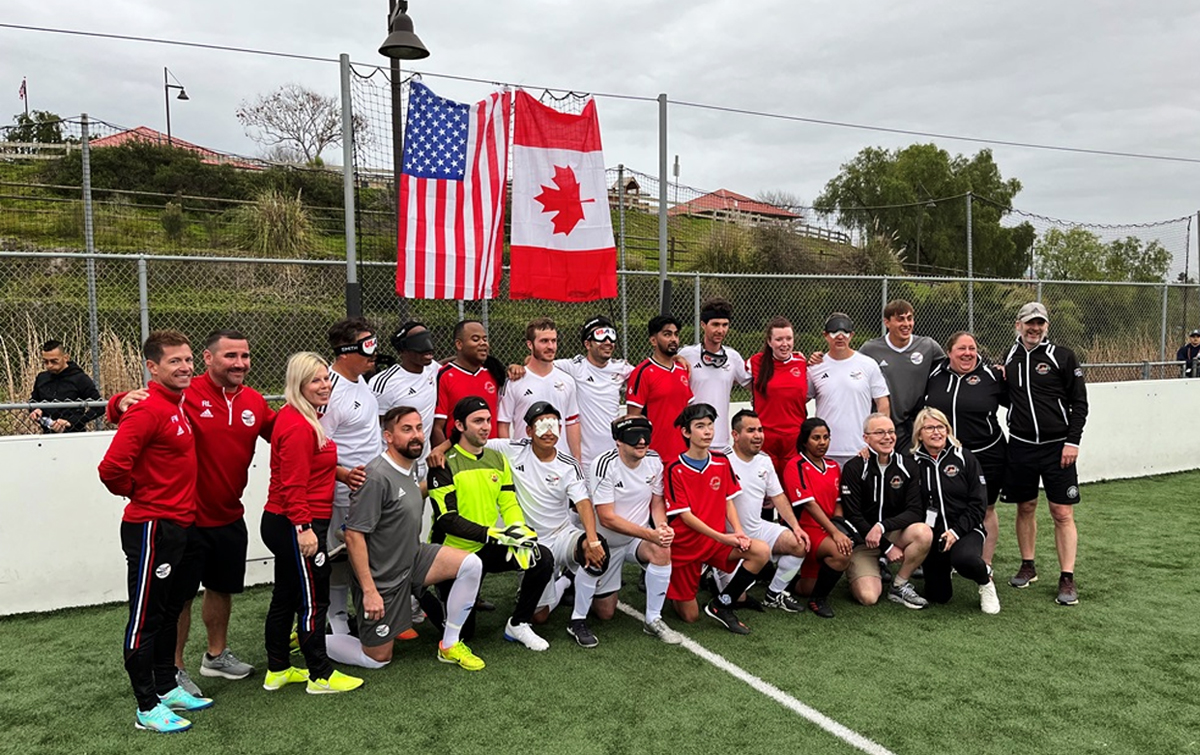
Football 5-A-Side
Summer Sports
Football 5-a-side, also known as blind football, is an adaptation of football for athletes with a visual impairment. The sport has been governed by the International Blind Sports Federation (IBSA) since 1996 and it is played with modified FIFA rules.
It featured at the Paralympics for the first time at Athens 2004, and has been contested at every Games since.
Football 5-a-side teams are made up of four outfield players and one goalkeeper. Outfield players must be classified as completely blind (B1 category), which means they have very low visual acuity and/or no light perception, whilst the goalkeeper must be sighted or partially sighted (B2 or B3 category). To ensure fair competition, all outfield players must wear eyeshades. Teams can also have off-field guides to assist them. The ball makes a noise due to a sound system located inside that helps players orientate themselves. As a result spectators must remain silent whilst watching the game until a goal is scored.
Blind football is played on a rectangular field that measures 40m long and 20m wide. The whole length of the pitch must be covered by kickboards to prevent the ball from going out of play. The duration of the match is 50 minutes, divided into two 25-minute halves. Each team can request a one-minute time-out in each half. During the last two minutes of both halves, and in case of an extra time, the timekeeper must stop the clock for a free kick, kick-in, goal kick and corner kick.
For a full list of historical results, visit the International Paralympic Committee website.
Canada Soccer is the National Sport Federation.
Only athletes with a B1 sport class, which means they have a very low visual acuity and/or no light perception can compete in Football 5-a-side. Goalkeepers can be sighted and do not need to undergo classification.
"*" indicates required fields